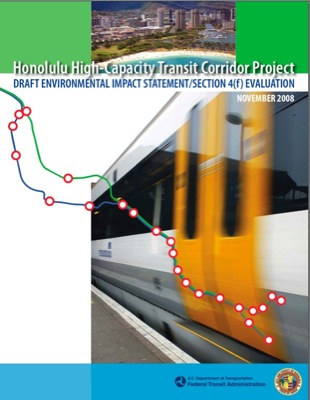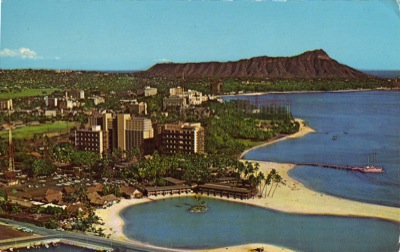What made entrepreneurs like Henry Ford, James J. Hill, Henry David Thoreau, and Henry J. Kaiser so successful? Thoreau, of course, is a special case as he only dabbled at being an entrepreneur, so the Antiplanner’s answer to this question will focus more on the other three.
Ford, Hill, and Kaiser had three characteristics in common (most of which Thoreau lacked). First, they were absolute workaholics. All of them worked long hours for at least six days a week for almost their entire adult lives. Hill and Kaiser were working on entrepreneurial projects up to a few days before their deaths; Ford quit only because he was getting senile and his wife made him turn the company over to his grandson, Henry Ford II.









